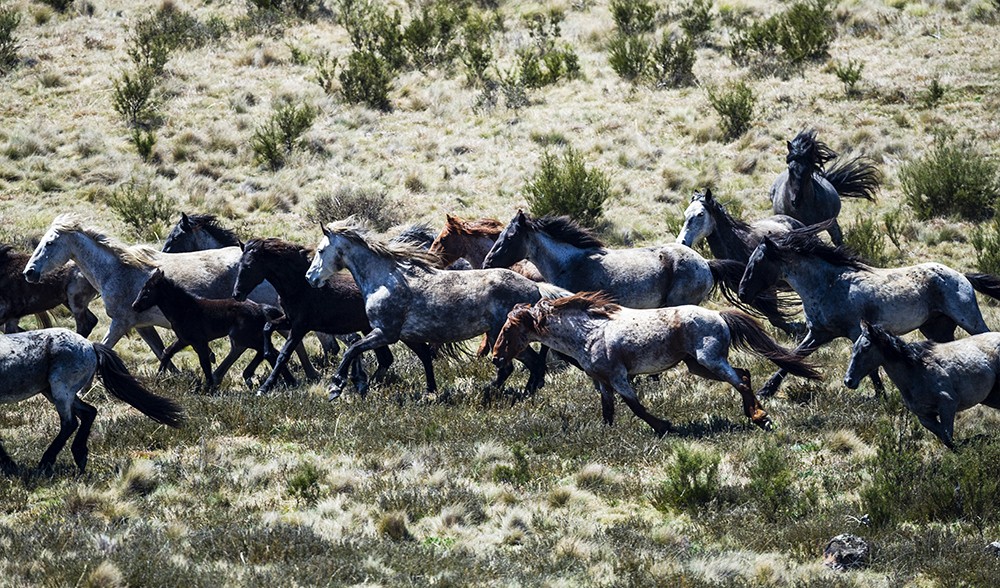
The Australian Brumby Alliance has lost its appeal to stop a feral horse cull. The cull was planned when exploding horse populations were witnessed grazing regrowth in the fire-ravaged national parks.
Their main fallback argument of the ABA was that the deer are causing a majority of the damage however recent studies and aerial surveys of the areas have suggested otherwise. Aerial deer and predator culls were finding very few animals to cull for the time spent in the air.
Aerial observations also highlighted that there was a considerable deer mortality rate from the fire affected zones with very few horses observed killed in the same areas.
The ADA added: A comprehensive aerial survey across the Australian Alps found a significant increase in feral horse numbers, 2 to 3 times higher than in the previous survey (estimates rising from 9,000 to 24,000 horses over five years). Additionally, the bushfires over the 2019-20 summer have greatly impacted large areas of the Victorian Alps, resulting in significant loss of threatened native wildlife and ecosystems. Remaining unburnt areas are being severely overgrazed and damaged by large numbers of feral horses.
Australian Brumby Association president Jill Pickering said. “Parks Victoria says it has firm evidence that brumbies are causing the damage, when their own notes say it’s deer,”
Given the current circumstances, Parks Victoria will be commencing an additional technique to control horses. Small-team operations will be deployed into high-conservation priority locations where ground-based professional shooters will use thermal imaging and noise suppressors to cull free-ranging feral horses, under strict animal welfare protocols with expert equine veterinary oversight. This will complement the current bushfire recovery works that have removed more than 1,300 deer from fire impacted areas in eastern Victoria.
A study conducted by the Arthur Rylah Institute into feral horse damage on the Bogong High Plains states “feral horses are impacting on the environmental values of the Bogong High Plains, with stream bank damage, pugging, trampling of alpine bogs, dung deposition, widening or formation of tracks, creation of roll pits, creation of short-grazed turf, pulling of vegetation and general trampling”.
Research leaders Arn Tolsma and James Shannon said “care was taken to only record the impact obviously attributable to feral horses, as some activity was due to deer, and some bare areas may still have been due to a long history of cattle grazing on the plains”.
With an estimated 25000 feral horses roaming the national parks it would be good to see recrational hunters utilised to help control these numbers and utilise the meat.

0 Comments